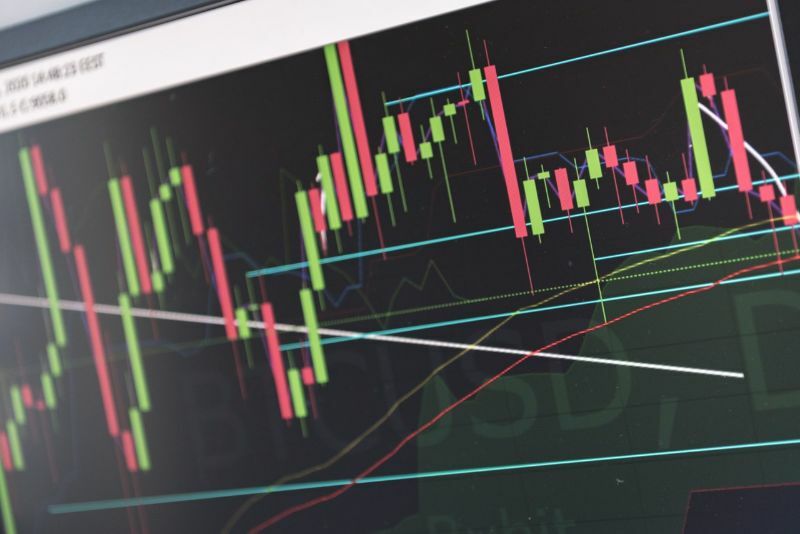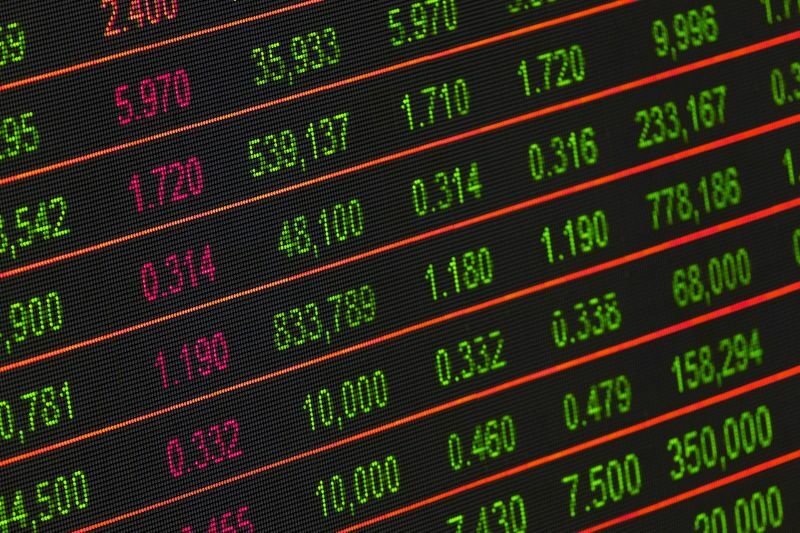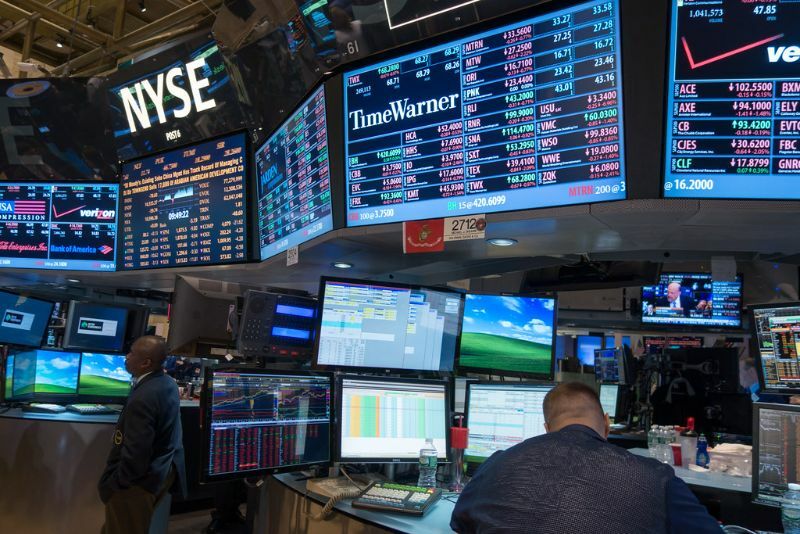Dividend-paying exchange-traded funds (ETFs) are becoming increasingly popular, particularly among investors seeking high yields and greater portfolio stability. Most ETFs, like stocks and many mutual funds, pay dividends quarterly—every three months. There are, however, ETFs that promise monthly dividend yields.
Monthly dividends are more convenient for managing cash flows and provide a predictable income stream for planning. Furthermore, if the monthly dividends are reinvested, these products provide higher overall returns.
How long do you have to hold a ETF to get the dividend?
Qualified dividends and non-qualified dividends are the two sorts of dividends that an ETF can pay out to investors. The tax implications of the two forms of dividends are vastly different.
- Long-term capital gains are allowed on qualified dividends, but the underlying stock must be held for at least 60 days prior to the ex-dividend date.
- Non-qualified dividends are taxed at the ordinary income tax rate of the investor. The total amount of non-qualifying dividends held by an ETF equals the total dividend amount less the total amount of qualified dividends held by the ETF.
How often do vanguard ETFs pay dividends?
The majority of Vanguard exchange-traded funds (ETFs) pay dividends on a quarterly or annual basis. Vanguard ETFs focus on a single sector of the stock market or the fixed-income market.
Vanguard fund investments in equities or bonds generally yield dividends or interest, which Vanguard distributes as dividends to its shareholders in order to maintain its investment company tax status.
Vanguard offers approximately 70 distinct exchange-traded funds (ETFs) that specialize in specific sectors, market size, international stocks, and government and corporate bonds of various durations and risk levels. Morningstar, Inc. gives the majority of Vanguard ETFs a four-star rating, with some funds receiving five or three stars.
Do you pay taxes on ETF dividends?
ETF dividends are taxed based on the length of time the investor has owned the ETF. The payout is deemed a “qualified dividend” if the investor held the fund for more than 60 days before the dividend was paid, and it is taxed at a rate ranging from 0% to 20%, depending on the investor’s income tax rate.
Are ETFs good for beginners?
Because of their many advantages, such as low expense ratios, ample liquidity, a wide range of investment options, diversification, and a low investment threshold, exchange traded funds (ETFs) are perfect for new investors. ETFs are also ideal vehicles for a variety of trading and investment strategies employed by beginner traders and investors because of these characteristics. The seven finest ETF trading methods for novices, in no particular order, are listed below.
How often do vanguard ETFs rebalance?
Depending on the portfolio’s performance compared to its intended asset allocation, rebalancing events could occur as frequently as daily or as seldom as every five years.
Do vanguard ETFs automatically reinvest dividends?
ETFs, like mutual funds, distribute capital gains and dividends (typically in December each year) (monthly or quarterly, depending on the ETF). You can reinvest capital gains and dividends if you own your ETFs through a Vanguard Brokerage Account.
What is a 30 day yield ETF?
The 30-day yield is a standardized yield computation for bond funds in the United States. The Securities and Exchange Commission of the United States has established a formula for determining 30-day yield (SEC). For reporting and comparative purposes, the formula converts the bond fund’s current portfolio income into a standardized yield. The 30-day yield of a bond fund may be found in the prospectus’ “Statement of Additional Information (SAI).”
The 30-day yield is a common ground assessment of yield performance because it is a standardized mandated calculation for all US bond funds. Its flaw is that funds tend to trade often and do not retain bonds until they mature. Furthermore, monies do not have an expiration date. As a result, analysts frequently regard the distribution yield to be a stronger indicator of a fund’s ability to provide income.
How many ETFs should I own?
When investing in the stock market, it’s natural to want to keep your money as safe as possible. ETFs are a terrific approach to build a dependable, risk-adjusted portfolio. ETFs will allow your money to build velocity through small modifications with the guidance of financial experts. While diversifying your portfolio is beneficial for risk management, it’s best not to go crazy.
Because ETFs include multiple assets, they are naturally varied investments. If you want to create even more diversification across many ETFs, experts recommend purchasing anywhere between 6 and 9 ETFs. Any more could have a negative financial impact.
Much of the process is out of your control once you start investing in ETFs. However, before you make that decision, keep reading to understand more about the diversification process and how many ETFs you can use.
Are monthly dividends better than quarterly?
Compounding’s efficacy as a wealth-building strategy may be familiar to you. In other words, when your initial investment produces interest, your earned income will begin to earn interest as well. The starting capital might rise significantly over time.
Compounding dividends works in the same way. You have the option of automatically reinvesting your dividends as an investor. Your portfolio will increase as you continue to reinvest dividends due to the act of reinvesting and the power of compounding.
Pros and Cons of a Monthly Dividend
You should consider the benefits and drawbacks of a monthly dividend when you make this financial decision.
The main benefit is self-evident: a monthly dividend provides more consistent revenue. Instead of managing your funds on a quarterly basis, monthly dividends might provide a more consistent cash flow. Although this can be accomplished by staggered quarterly distributions, it can be difficult.
A monthly dividend, in addition to the regular income flow, has the potential to compound more quickly. After all, being able to reinvest your dividend on a more frequent basis should result in a faster rate of increase.
A monthly dividend has the disadvantage of putting unnecessary pressure on the corporation. Managers will be required to think in monthly time frames rather than quarterly time frames when planning cash flow assumptions. While this isn’t inherently a bad thing, it could lead to inefficiencies, resulting in lower profits for the investor.
Pros and Cons of a Quarterly Dividend
As a quarterly dividend investor, you’ll need to plan your budget for the full quarter. On a quarterly basis, it is entirely viable to budget effectively. However, it may be more difficult than a monthly budget. If you rely on dividends as part of your monthly financial flow, you’ll lose the ease of a monthly budget if you choose quarterly payouts.
Furthermore, the fewer payout prospects can result in a poorer overall return on investment.
A quarterly investment has the advantage of allowing firm management to operate more efficiently. As an investor, you want any company you invest in to have capable managers that can maximize your investment’s return. Managers may have more room to make the gains you want with quarterly dividend expectations.
Example of Monthly vs. Quarterly Dividends
Let’s imagine you buy 1,000 shares of a $10 stock that pays a $1.20 annual dividend per share. This corresponds to a yearly yield of 12%. (or 1 percent per month).
After a year, if the dividend is paid monthly and then reinvested, you will have received $1,268.25 in dividends. Your total compounded returns as a percentage of your original $10,000 investment would be +12.68 percent.
Instead, say the dividend is paid out every three months. Every three months, you’d get 3% of your initial investment back. On the initial $10,000, compounded returns of $1,255.09 – or a +12.55 percent return on investment (ROI) – would be earned at the end of the year.
If you keep the shares for one year only, your compounded returns are somewhat greater (13 basis points) from the monthly versus quarterly distribution, as shown in the table below.
After ten years, $10,000 will have grown to $33,003.87 thanks to a 12 percent annual return compounded monthly. If you compound it quarterly instead, the sum after ten years is $32,626.38.





